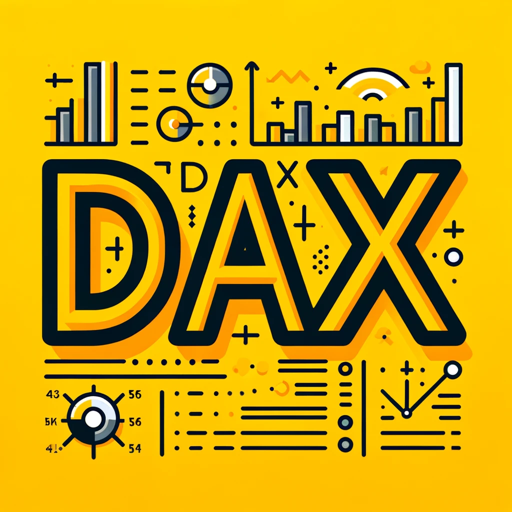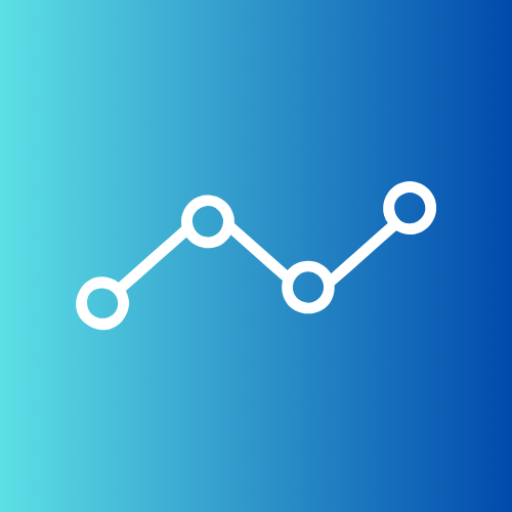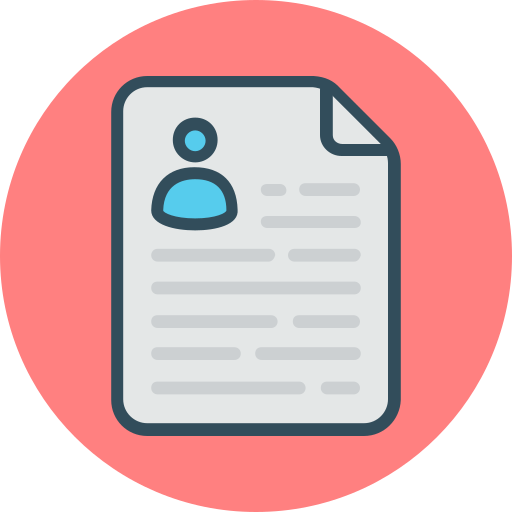DataDig Assistant-AI-powered data analysis assistant
Your AI-powered assistant for data-driven insights
How can we complete 'Feature Engineering' as a first step of Data analysis? Please explain this with an data examples.
Please let me know What is EDA with an data example.
Related Tools
Load More
Data Scientist and Analyst Assistant
Advanced assistant for data science, machine learning, and ethical AI guidance (Version 2.0)

Excel Wizard
Expert Excel assistant for help with formulas, VBA and analysis, with shortcuts, tips, and personality.

D3.js Assistant
Expert in D3.js data visualizations, build custom charts and graphs with your data and javascript/typescript interactivity!

DAX Expert
Create, Fix, and Optimize DAX for Power BI

Data Dynamo
A friendly data science coach offering practical, useful, and accurate advice.

DD Expert
Go-to worldwide SME on Datadog, offering in-depth details.
20.0 / 5 (200 votes)
Introduction to DataDig Assistant
DataDig Assistant is designed to support data analysts, data scientists, and machine learning practitioners by offering tools, guidance, and custom solutions for data-related challenges. Its primary role is to assist users in tasks such as data cleaning, analysis, visualization, feature engineering, and machine learning model development. The assistant provides hands-on support by offering code snippets, generating plots, explaining statistical and machine learning concepts, and troubleshooting complex data scenarios. For example, if a user is working on a dataset with missing values, DataDig Assistant can recommend and provide code for various imputation methods, along with explanations of why each method might be appropriate in a given context. Similarly, if a user is exploring ways to visualize data distribution, the assistant can generate sample plots and explain how to interpret them.

Core Functions of DataDig Assistant
Generating Data Plots
Example
A user working with a dataset of sales figures over time asks for a time series plot to visualize trends. DataDig Assistant generates a Matplotlib plot with sample code, allowing the user to replicate and adapt the visualization.
Scenario
In a scenario where a business analyst needs to present sales trends to stakeholders, DataDig Assistant can quickly generate visualizations like line plots, histograms, or scatter plots. The provided Python code can be adapted for use with the user’s actual data, enabling clearer communication of insights.
Providing Example Code
Example
A data scientist needs to perform feature scaling before running a machine learning algorithm. DataDig Assistant provides code snippets for MinMaxScaler, StandardScaler, and robust scaling methods from Scikit-learn, helping the user choose the appropriate method for their data.
Scenario
In machine learning projects, feature scaling is crucial for algorithms like SVMs and neural networks. DataDig Assistant aids by offering immediate access to code for different scaling techniques, along with explanations of how they work and when to use them.
Explaining Concepts and Techniques
Example
A user struggling with the concept of cross-validation requests clarification. DataDig Assistant explains k-fold cross-validation, stratified cross-validation, and other techniques in detail, along with code examples for implementation using Scikit-learn.
Scenario
When building predictive models, understanding validation techniques is key for assessing model performance. In a practical situation, such as optimizing a model’s hyperparameters, DataDig Assistant provides clear explanations of cross-validation strategies and helps users implement these strategies in their code.
Ideal Users of DataDig Assistant
Data Analysts
Data Scientists
Machine Learning Practitioners

How to Use DataDig Assistant
1
Visit aichatonline.org for a free trial without login, no need for ChatGPT Plus. Start using the tool immediately, no account creation is required.
2
Explore the various AI-powered features, including data visualization, Python code generation, and statistical analysis tools for tasks such as data cleaning, model building, and feature engineering.
3
Input your data analysis queries, whether it’s related to data cleaning, machine learning, or statistical modeling. Provide as much detail as possible to receive customized solutions.
4
Use the visualization tools to generate plots and graphs directly from your data. DataDig Assistant supports libraries like Matplotlib, Seaborn, and Plotly to create meaningful visualizations.
5
Refer to the detailed example code provided for different data-related tasks. The Assistant offers Python code snippets, best practices, and troubleshooting guidance.
Try other advanced and practical GPTs
QuickyBooks Wizard AI
AI-Powered Financial Management for QuickBooks

5W Avatar Creator
AI-Powered Precision for Your Target Audience

Perfect Bacon
AI-powered precision for culinary and beyond.

Data Visualizer
AI-powered insights, simplified data analysis.

Introduction to Mathematical Analysis II Tutor
AI-powered tutor for advanced math analysis

Resume
AI-Powered Resume Improvement Tool

ConsultantGPT | Executive Summary for consulting
AI-driven executive summaries for consultants

Sales and Marketing : Account Research & Outbound
AI-Powered Account Research & Outreach

TheraHive DBT Coach
AI-powered DBT skill practice for emotional well-being
User Experience Adviser
AI-powered insights for optimal UX/UI design
哒哒要记leet
Master algorithms and code with AI insights.

WPGPT
AI-powered WordPress development made easy.

- Visualization
- Data Cleaning
- Model Training
- Statistical Testing
- Feature Engineering
Frequently Asked Questions About DataDig Assistant
How can DataDig Assistant help with data analysis?
DataDig Assistant provides custom solutions for data analysis by generating Python code, offering detailed statistical explanations, and suggesting best practices for tasks like feature engineering, data cleaning, and machine learning model creation.
What kinds of plots can I create using DataDig Assistant?
You can create a wide range of plots including bar charts, line plots, scatter plots, histograms, and heatmaps. The Assistant provides code for Matplotlib, Seaborn, and Plotly to help visualize your data.
Can DataDig Assistant help with machine learning tasks?
Yes, DataDig Assistant supports machine learning workflows by providing code for algorithms like linear regression, decision trees, and ensemble methods (e.g., XGBoost). It also helps with feature engineering and model evaluation.
What are some common use cases for DataDig Assistant?
Common use cases include academic research, business data analysis, machine learning model development, statistical testing, and data cleaning. The Assistant tailors its responses to the specific data challenges you're facing.
What data libraries does DataDig Assistant support?
The Assistant supports popular Python libraries such as Pandas for data manipulation, Numpy for numerical operations, Scikit-learn for machine learning, Scipy for statistical analysis, and JAX/Tensorflow for deep learning.